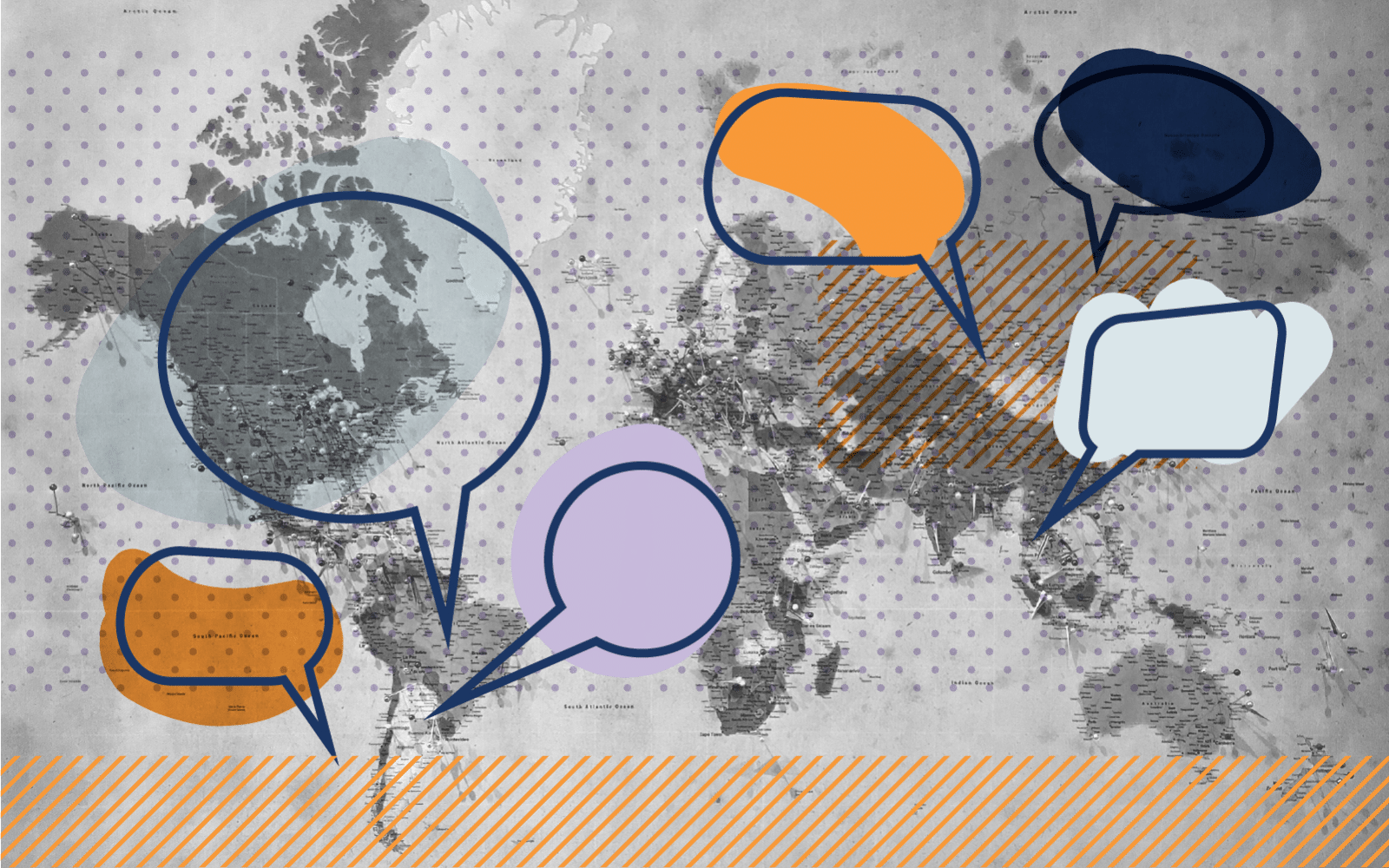Collaborating for Change
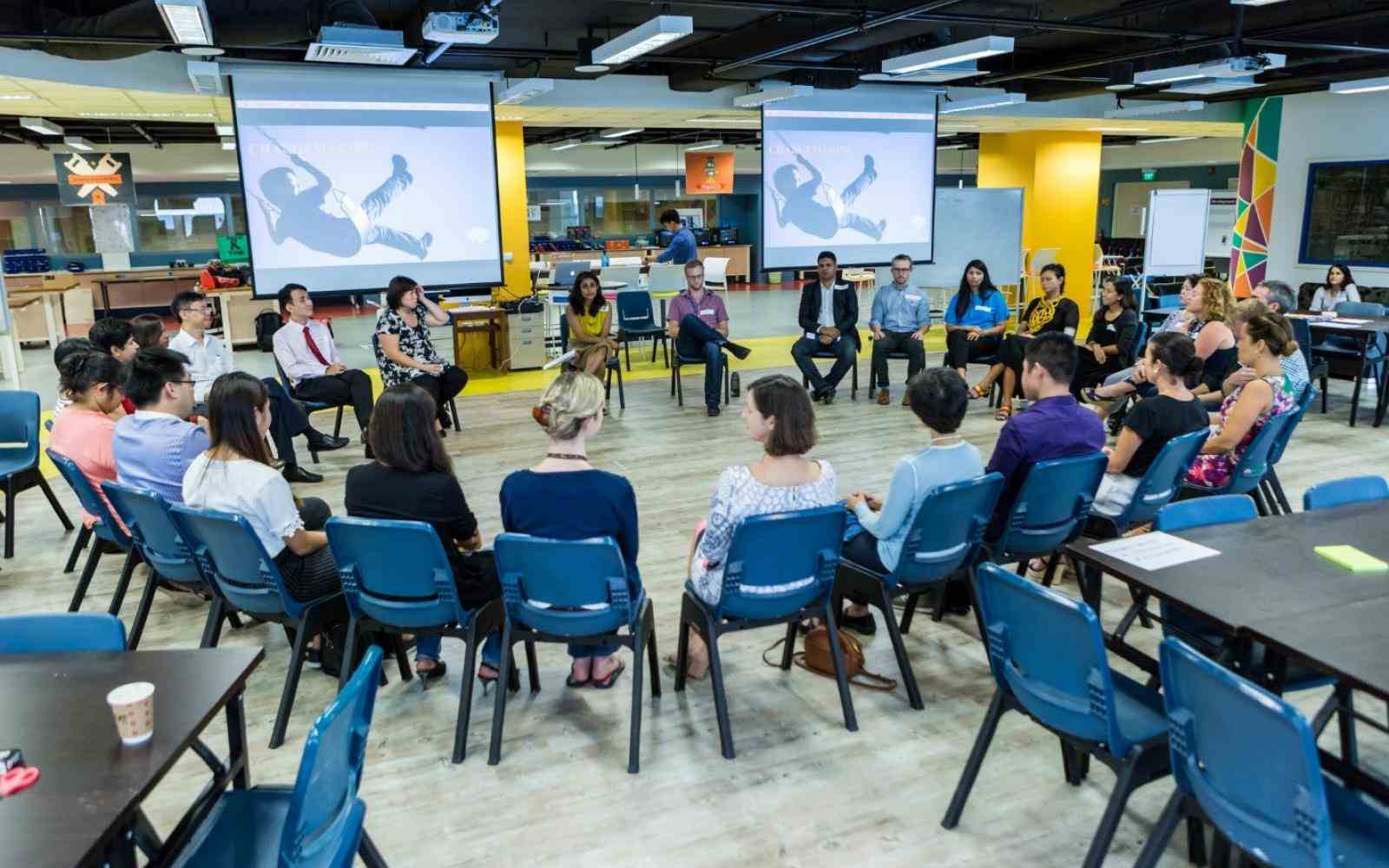
We Need Change Leaders
It is a disruptive world today and things are changing very fast. As a collective we are more digitally linked, innovative, consciously engaged and are shattering barriers to common participation. Communities and individuals have more access to shared information and can contribute more meaningfully to society.
And it is in this digitally linked world that Changemakers are creating invaluable impact on local as well as global communities. They recognize and address social problems in new ways. They are unafraid to innovate, lead and collaborate to create scalable solutions.
Education has a powerful role to play in nurturing these Changemakers; yet learners and educational institutions operate in silos and with old rules in education don’t apply anymore. Nurturing social innovators and creating dialogues for spreading and refining innovative practices means creating spaces that encourage empathy, creative thinking and strong initiative.
The Power of Dialogue
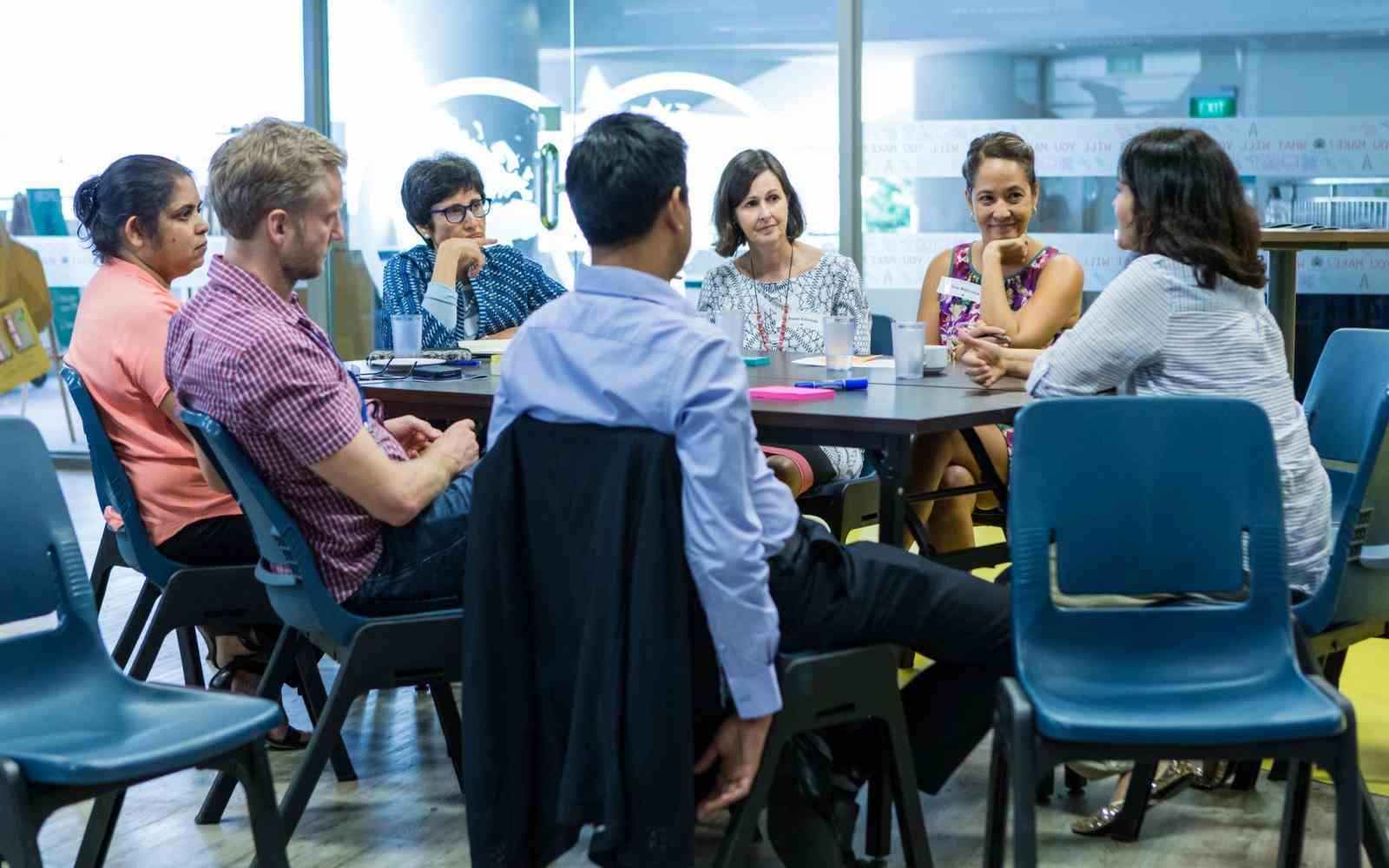
In Mid-May 2017 Ashoka Singapore facilitated the first change leader collaborative initiative in Singapore, a gathering of change leaders in education. These are a collection of inspired individuals and community organizations that are committed to drive social change. A founding community of change leaders who included social entrepreneurs, agencies, educators and universities discussed the future of education and the development of young people as changemakers.
The National University of Singapore, Singapore University of Social Sciences, Singapore Management University, Ngee Ann Polytechnic, Republic Polytechnic, SIM Global, Singapore American School, United World College of South East Asia, Princess Elizabeth Primary School, and Global Indian International School were among the participating educational institutes.
Representation from social enterprises included National Youth Council, Playeum, National Volunteer and Philanthropy Centre, Camp Hiro, Singapore International Foundation, Halogen Foundation, Singapore Environment Council, UWCSEA Foundation, SoCH in Action, DFC, Damson Capital, DQ Institute and Global Compact Network Singapore
The program included a dynamic Roundtable Of Change Leaders facilitated by Kiran Bir Sethi, Ashoka fellow and Founder of the Riverside school in India where she led an innovative design activity to successfully illustrate the importance of building understanding and developing deeper insights to design for change.
Pioneering innovators, entrepreneurs, intrapreneurs, early adopters, organisations leaders, thought leaders, teachers, system experts and weavers are working heroically to transform fragmented education silos into empowering learning ecosystems in which everyone who substantially influences the experience of people works together to empower young people to live for the greater food
There Is So Much to Be Done!
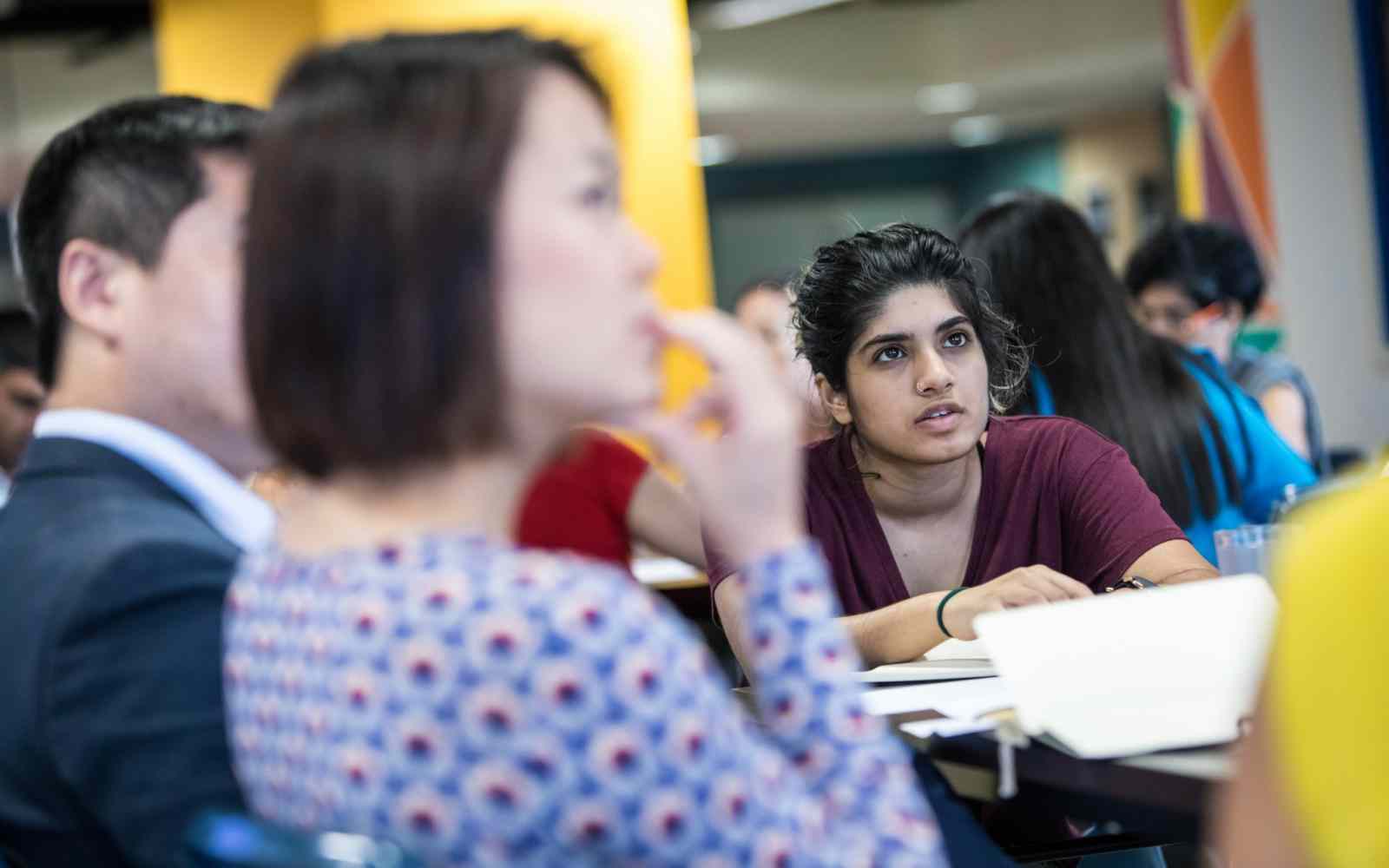
Singapore provides unique challenges and opportunities within the education space for the development of young changemakers. For instance;
There is a need for taking risk with new innovative approaches in education and have better tools to measure impact and potential.
An understanding of real need on the ground is another issue. There is still limited understanding among donors of the community’s needs, or of shared outcomes. This opens up the opportunity for more research and advocacy.
Time and curricular constraints exist within classrooms that limit students and teachers; this presents opportunities to work in new areas that involve “reimagining curriculum and learning” to develop connections and changemaking experiences; and recruiting faculty based on alignment
A disconnect between students & schools on the needs and interests of both parties provides the opportunity to build youth leadership groups and allow more authentic student-led action to shape education and youth development.
There is a need to identify the changemakers and connect the different stakeholders in the ecosystem and encourage genuine collaboration between social enterprises, educators, university groups; and between local and international schools.
For effective collaborations, authentic engagements will need to be beyond the needs of individuals or organizations. This also means individuals need to be more willing to undertake change at a personal level and undergo personal transformation.
Finally, there is a need for more empathy from children to educators to leaders in the community. The opportunity exists for increased engagement through experiences within and outside of the school environment to ‘feel the ache’ and propel action for solutions. Highlighting pain and exposing people to what makes a difference
The Wheels Are In Motion
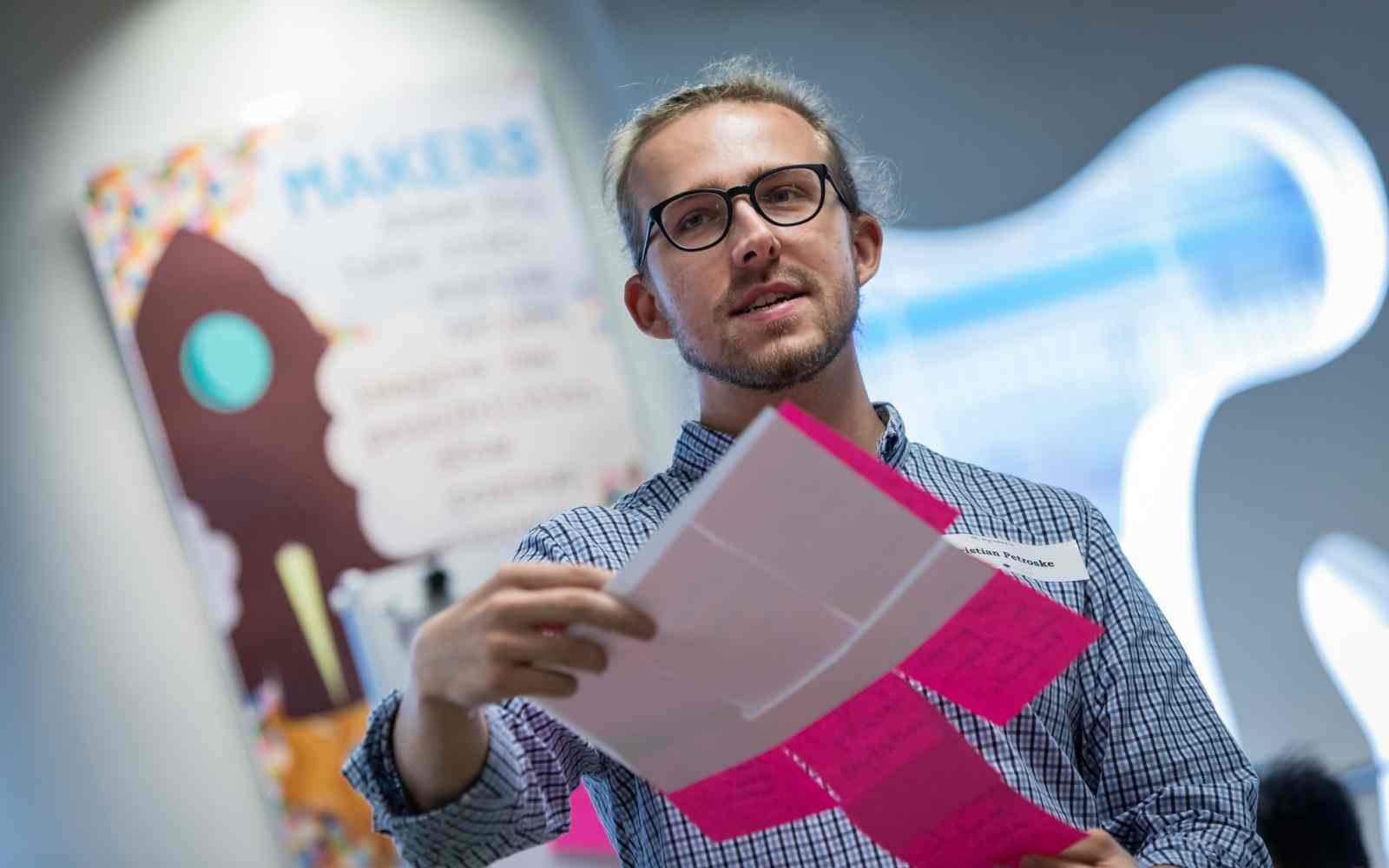
Ashoka Singapore brought together key stakeholders in the education environment in Singapore for this gathering.
Discussion inspired thoughts on child-led action, empathy and modeling of skills by educators and parents to build an ecosystem for change. Reimaging education including changemaking within our environment
Engagements from grassroots; cultivating changemakers; identifying more such changemakers and encouraging companies to authentically nurture this thinking to make a difference are important outcomes. What if we could include companies to think like that? Perhaps provide internships that encourage changemaking? Providing more purpose to their lives than collecting a paycheck?
Representation from institutions of higher learning, K-12 schools from across Singapore, non-profit organizations and social enterprises now form a collective community committed to beginning future conversations to support young people’s drive to solve social issues.
The initiative is now building a network of youths and young changemakers for engagement and exploring ways of keeping this network of change-leaders connected.
In this digitally disruptive age, the promise of potential for impact here is compelling!
